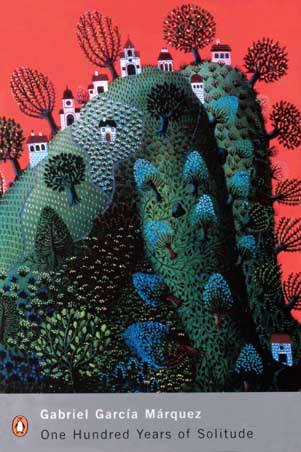So, y'all may remember me rambling about the elements and principles of artistic design reflecting Plato's conception of forms. The link at the bottom of this post is to the official list of elements and principles. Notice how each item, especially the elements, match up to Plato's imagining of forms? Roughness, purple-ness, shading existing separate from the objects they might be applied to? Do y'all think the same argument applies to the principles?
http://www.projectarticulate.org/principles.php
Subscribe to:
Post Comments (Atom)


6 comments:
I agree with all of them, but I've always had reservations about calling "color" a Form. All other Forms (roughness, roundness, etc.) are abstract and intangible; however, color is not. When I say "blue," I can think of the color blue and have an image in my mind. I cannot do this with "roundness" without thinking of either an intangible concept or a concrete, impure object. Color is visible, roundness is not. Thoughts?
Although I understand your point, color is still an abstract thing. Try to describe blue to another person. You can't. Also, who's to say that the color I see and have been taught is blue is the same color that you have been taught is blue? My blue could look like your red, but we've both been taught since a young age to call that color blue. Therefore, colors may not be as concrete as we think they are.
I agree that color should count as a Form, but I am not too sure about value. As the website that Iris has kindly provided for us says, "value refers to relative lightness and darkness and is perceived in varying levels of contrast". Color does the same thing IF we are discussing Form and not art elements. Technically a color could be dark or burnt orange and contrast with light orange when the two are put side by side. So in essence, value is more of a sub-Form to the Form of color. I think that value is not exactly a form but it is very close to one.
Isabel: but it can! We can define blue light using physics (it has a wavelength of around 475nm) and energy properties (the energy of the light that electrons emit when descending energy levels). No matter what you "see," the blue light that hits the rods and cones in your eyes is of the same or very similar wavelength as the blue light that hits mine. This argument can be applied to all colors. I cannot define other Forms this way, so color is in this respect and anomaly.
*an anomaly
Actually, Joe, can't you define roundness in terms of 3D geometry and calculus? I buy Izzy's argument especially because when Plato was forming (haha) his concept of forms, he didn't have that level of knowledge of physics. He didn't know that colour could be defined by a number. To address Ross's statement about value: contrast can exist independent of colour. Consider that white and black are not actually colours. Shading and shadows could be considered forms.
Post a Comment